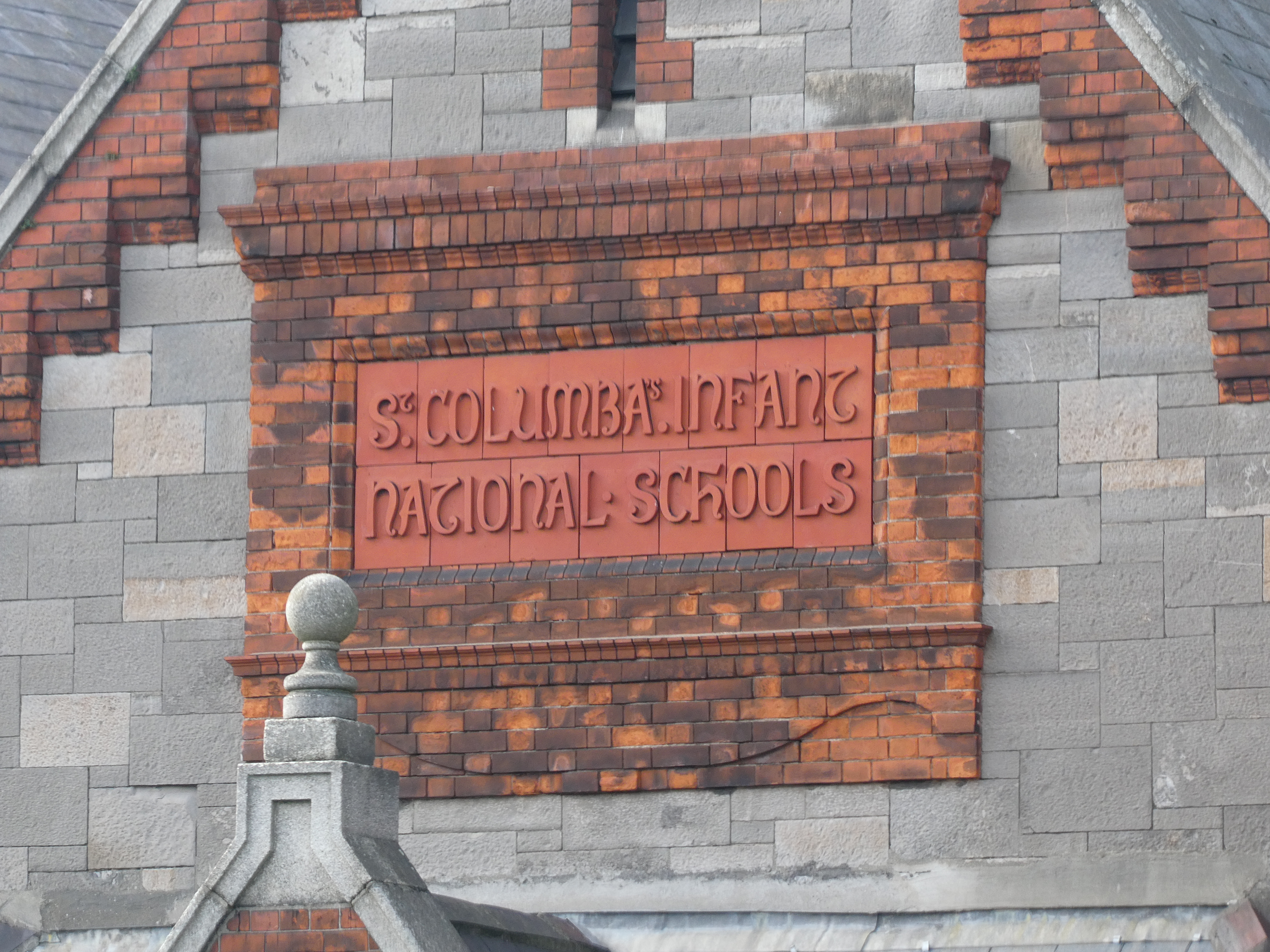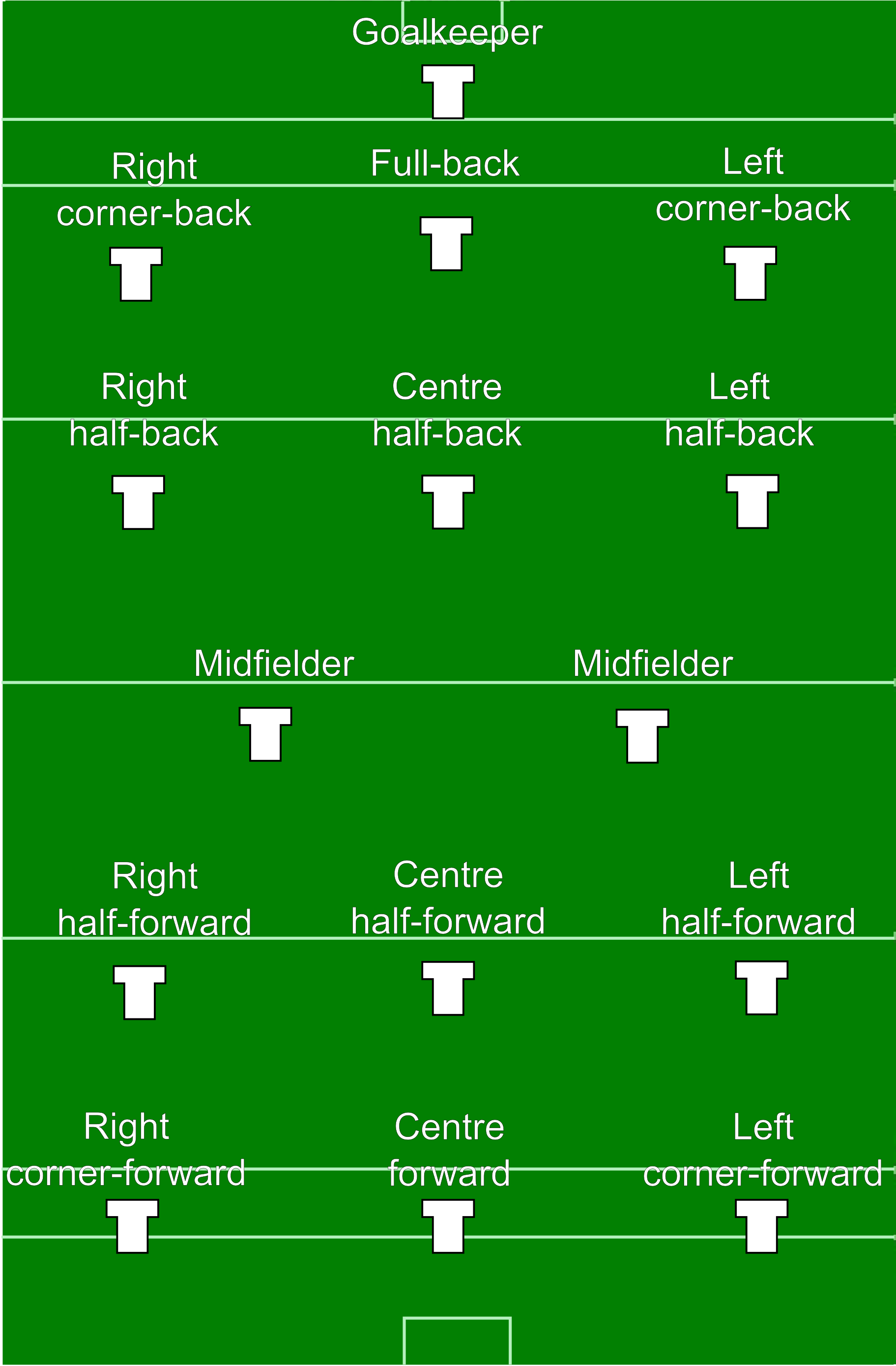|
Mountbolus
Mountbolus () is a small village in the parish of Killoughey situated at the foot of the Slieve Bloom Mountains in County Offaly, Ireland. It has a church, a national (primary) school and one public house. The area's GAA club is Kilcormac/Killoughey GAA. When Offaly won the 1998 All-Ireland Senior Hurling Championship, the goalkeeper In many team sports which involve scoring goals, the goalkeeper (sometimes termed goaltender, netminder, GK, goalie or keeper) is a designated player charged with directly preventing the opposing team from scoring by blocking or intercepting ... on the team was Stephen Byrne from the club. References External links Killoughey Parish website Towns and villages in County Offaly {{Offaly-geo-stub ... [...More Info...] [...Related Items...] OR: [Wikipedia] [Google] [Baidu] |
County Offaly
County Offaly (; ga, Contae Uíbh Fhailí) is a county in Ireland. It is part of the Eastern and Midland Region and the province of Leinster. It is named after the ancient Kingdom of Uí Failghe. It was formerly known as King's County, in honour of Philip II of Spain. Offaly County Council is the local authority for the county. The county population was 82,668 at the 2022 census. Central Statistics Office figures Geography and political subdivisions Offaly is the 18th largest of Ireland's 32 counties by area and the 24th largest in terms of population. It is the fifth largest of Leinster's 12 counties by size and the 10th largest by population.Physical geography [...More Info...] [...Related Items...] OR: [Wikipedia] [Google] [Baidu] |
Killoughey
Killoughey, officially Killoughy and historically "Killaghy" or "Killahy" (), (see archival records) is a and south-west of in , . Before 1784 there were two ... [...More Info...] [...Related Items...] OR: [Wikipedia] [Google] [Baidu] |
Provinces Of Ireland
There have been four Provinces of Ireland: Connacht (Connaught), Leinster, Munster, and Ulster. The Irish language, Irish word for this territorial division, , meaning "fifth part", suggests that there were once five, and at times Kingdom_of_Meath, Meath has been considered to be the fifth province; in the medieval period, however, there were often more than five. The number of provinces and their delimitation fluctuated until 1610, when they were permanently set by the English administration of James VI and I, James I. The provinces of Ireland no longer serve administrative or political purposes but function as historical and cultural entities. Etymology In modern Irish language, Irish the word for province is (pl. ). The modern Irish term derives from the Old Irish (pl. ) which literally meant "a fifth". This term appears in 8th-century law texts such as and in the legendary tales of the Ulster Cycle where it refers to the five kingdoms of the "Pentarchy". MacNeill enumer ... [...More Info...] [...Related Items...] OR: [Wikipedia] [Google] [Baidu] |
Leinster
Leinster ( ; ga, Laighin or ) is one of the provinces of Ireland, situated in the southeast and east of Ireland. The province comprises the ancient Kingdoms of Meath, Leinster and Osraige. Following the 12th-century Norman invasion of Ireland, the historic "fifths" of Leinster and Meath gradually merged, mainly due to the impact of the Pale, which straddled both, thereby forming the present-day province of Leinster. The ancient kingdoms were shired into a number of counties for administrative and judicial purposes. In later centuries, local government legislation has prompted further sub-division of the historic counties. Leinster has no official function for local-government purposes. However, it is an officially recognised subdivision of Ireland and is listed on ISO 3166-2 as one of the four provinces of Ireland. "IE-L" is attributed to Leinster as its ''country sub-division'' code. Leinster had a population of 2,858,501 according to the preliminary results of the 20 ... [...More Info...] [...Related Items...] OR: [Wikipedia] [Google] [Baidu] |
Counties Of Ireland
The counties of Ireland ( Irish: ) are historic administrative divisions of the island into thirty-two units. They began as Norman structures, and as the powers exercised by the Cambro-Norman barons and the Old English nobility waned over time, new offices of political control came to be established at a county level. Upon the partition of Ireland in 1921, six of the traditional counties became part of Northern Ireland. In Northern Ireland, counties ceased to be longer used for local government in 1973; districts are instead used. In the Republic of Ireland, some counties have been split resulting in the creation of new counties: there are currently 26 counties, 3 cities and 2 cities and counties that demarcate areas of local government in the Republic. Terminology The word "county" has come to be used in different senses for different purposes. In common usage, it can mean the 32 counties that existed prior to 1838 – the so-called traditional counties, 26 of which are ... [...More Info...] [...Related Items...] OR: [Wikipedia] [Google] [Baidu] |
Slieve Bloom Mountains
The Slieve Bloom Mountains ( ga, Sliabh Bladhma; la, Bladinae montes) is a mountain range in Ireland. They rise from the central plain of Ireland to a height of 527 metres. While not very high, they are extensive by local standards. The highest points are Arderin (527 m) () at the southwestern end of the range and Baunreaghcong (511 m) at the end of the Ridge of Capard. The Slieve Bloom Mountains stretch from near Roscrea in the south west to Rosenallis in the north west forming a link between County Laois and County Offaly. Access to the mountains and the most popular attractions is easiest by taking Exit 18 off the M7 for Mountmellick and following the R422 for Rosenallis, Clonaslee, Cadamstown, and Kinnitty. There are 3 routes which cross the mountain. From Clonaslee here it is very easy to follow the mountain road over 'the Cut' towards Mountrath. From Kinnitty take the road from the centre of the village opposite the Catholic Church past Longford Church to Glendin ... [...More Info...] [...Related Items...] OR: [Wikipedia] [Google] [Baidu] |
National School (Ireland)
In Ireland, a national school () is a type of primary school that is financed directly by the state, but typically administered jointly by the state, a patron body, and local representatives. In national schools, most major policies, such as the curriculum and teacher salaries and conditions, are managed by the state through the Department of Education and Skills. Minor policies of the school are managed by local people, sometimes directed by a member of the clergy, as representative of the patron, through a local 'board of management'. Most primary schools in Ireland fall into this category, which is a pre-independence concept. While there are other forms of primary school in Ireland, including a relatively small number of private denominational schools which do not receive state aid, there were just 34 such private primary schools in 2012, with a combined enrollment of 7,600 pupils. By comparison there were, as of 2019, over 3,200 national schools in Ireland with a combined en ... [...More Info...] [...Related Items...] OR: [Wikipedia] [Google] [Baidu] |
Gaelic Athletic Association
The Gaelic Athletic Association (GAA; ga, Cumann Lúthchleas Gael ; CLG) is an Irish international amateur sporting and cultural organisation, focused primarily on promoting indigenous Gaelic games and pastimes, which include the traditional Irish sports of hurling, camogie, Gaelic football, Gaelic handball and rounders. The association also promotes Irish music and dance, as well as the Irish language. As of 2014, the organisation had over 500,000 members worldwide, and declared total revenues of €65.6 million in 2017. The Games Administration Committee (GAC) of the Gaelic Athletic Association (GAA) governing bodies organise the fixture list of Gaelic games within a GAA county or provincial councils. Gaelic football and hurling are the most popular activities promoted by the organisation, and the most popular sports in the Republic of Ireland in terms of attendances. Gaelic football is also the second most popular participation sport in Northern Ireland. The women's ... [...More Info...] [...Related Items...] OR: [Wikipedia] [Google] [Baidu] |
All-Ireland Senior Hurling Championship
The GAA Hurling All-Ireland Senior Championship, known simply as the All-Ireland Championship, is an annual inter-county hurling competition organised by the Gaelic Athletic Association (GAA). It is the highest inter-county hurling competition in Ireland, and has been contested every year except one since 1887. The final, currently held on the third Sunday in August, is the culmination of a series of games played during July and August, with the winning team receiving the Liam MacCarthy Cup. For the majority of its existence, the All-Ireland Championship has been played on a straight knockout basis whereby once a team loses they are eliminated from the championship. In more recent years, the qualification procedures for the championship have changed several times. Currently, qualification is limited to teams competing in three feeder competitions; the bulk of the teams involved make up the tier one Leinster Championship and the Munster Championship while two teams also qualify ... [...More Info...] [...Related Items...] OR: [Wikipedia] [Google] [Baidu] |
Goalkeeper (Gaelic Games)
The following are the positions in the Gaelic sports of Gaelic football, hurling and camogie Camogie ( ; ga, camógaíocht ) is an Irish stick-and-ball team sport played by women. Camogie is played by 100,000 women in Ireland and worldwide, largely among Irish communities. A variant of the game of hurling (which is played by men only .... Each team consists of one goalkeeper (who wears a different colour jersey), six backs, two midfielders, and six forwards: 15 players in all. Some under-age games are played 13-a-side (in which case the full-back and full-forward positions are removed) or 11-a-side (in which case the full-back, centre back, centre forward and full-forward positions are removed). The positions are listed below, with the jersey number usually worn by players in that position given. Summary table Forward The role of a goalkeeper who wears the number 1 jersey in Gaelic games is similar to other codes; to prevent the ball from entering the goal. The goa ... [...More Info...] [...Related Items...] OR: [Wikipedia] [Google] [Baidu] |
Stephen Byrne (hurler)
Stephen Byrne (born 1977) is an Irish retired hurler who played as a goalkeeper for the Offaly senior hurling team. Byrne made his first appearance for the team during the 1998 National League and became a regular member of the starting fifteen until he left the panel after the 2003 championship. During that time he won one All-Ireland medal and one All-Star award. Byrne was an All-Ireland runner-up on one occasion. At club level Byrne played with the Kilcormac–Killoughey club. In retirement from playing Byrne became involved in team management and coaching. After spending two seasons as manager of the Offaly under-21 team he became a selector under Ollie Baker with the Offaly senior team. Playing career Club At club level Byrne has enjoyed some success with Kilcormac–Killoughey, winning a county intermediate hurling championship medal in 2006. Inter-county Byrne first came to prominence on the inter-county scene as a member of the Offaly senior hurling team. ... [...More Info...] [...Related Items...] OR: [Wikipedia] [Google] [Baidu] |





